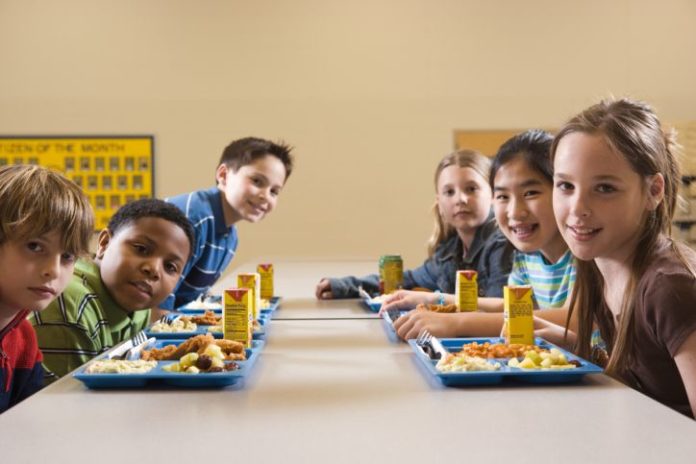Smaller bowl sizes may be the next weapon in the battle against childhood obesity, says a new Cornell study published this week in the Journal of Pediatrics which found children not only ask for more food to fill larger bowls, but they also eat 52% more.
“The quickest way parents can help kids eat less might be to grab them a smaller bowl,” comments Brian Wansink, professor of behavioural economics and the lead author. “Make it 12 ounces rather than the 20 ounces we use. Wansink wrote the study with Koert Van Ittersum of University of Groningen and Collin Payne of New Mexico State.
Researchers randomly gave 8-ounce or 16-ounce cereal bowls to 69 preschoolers. Adults then served kids cereal and milk in increments until the kids indicated that they had enough food. The study showed that children with larger bowls requested 87% more cereal and milk – regardless of their age, gender, and Body Mass Index (BMI).
In a second study, with 18 elementary students, researchers used secret scales embedded within the tables to weigh each cereal portion before and after the kids ate to measure exactly how much they consumed. The kids with larger bowls requested 69% more cereal and milk and also ate 52% more.
“Bigger bowls cause kids to request nearly twice as much food, leading to increased intake as well as higher food waste,” says Ven Ittersum. “Based on these findings, using smaller dishware for children may be a simple solution for caregivers who are concerned about their kids’ caloric intake.”
(Source: Cornell University, Journal of Pediatrics)










